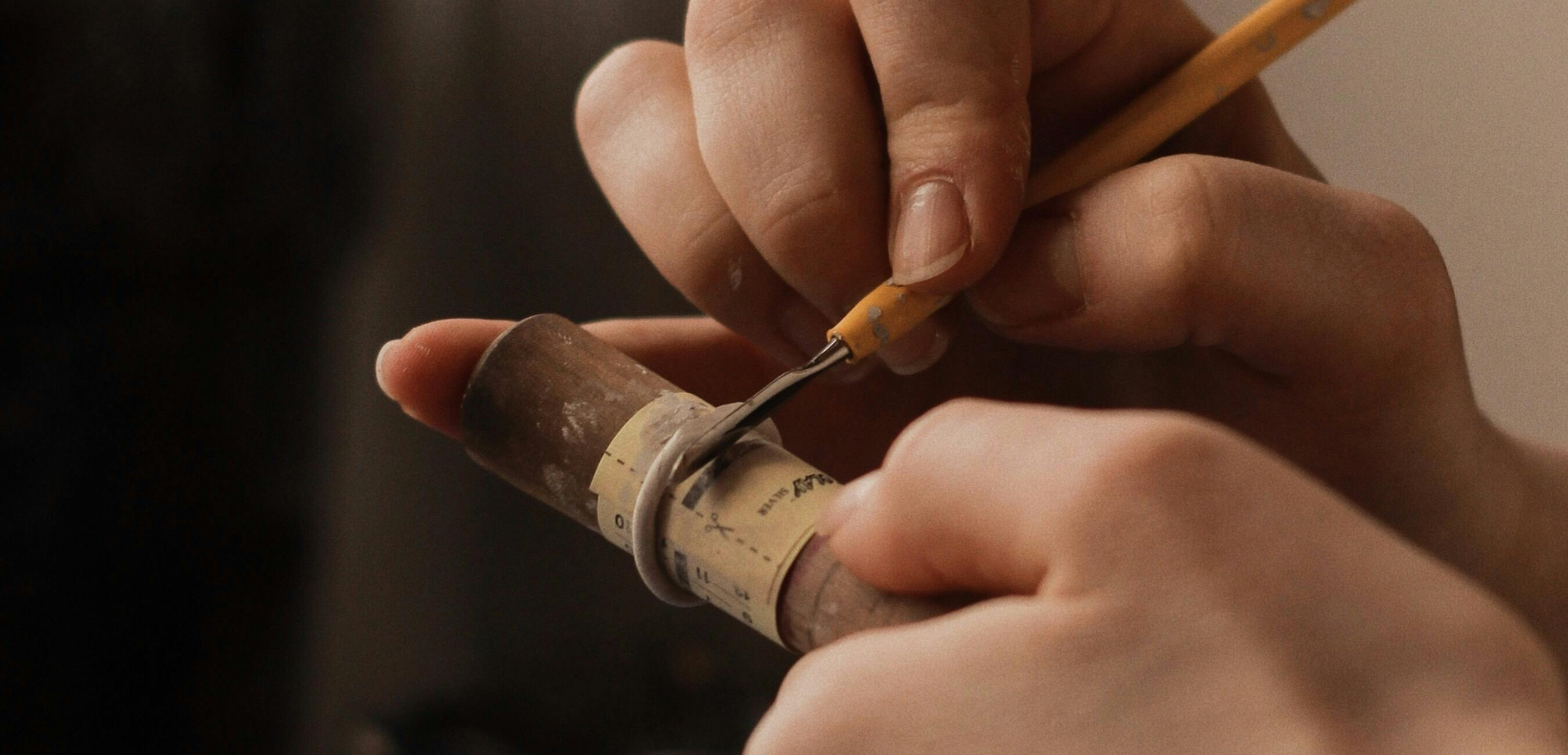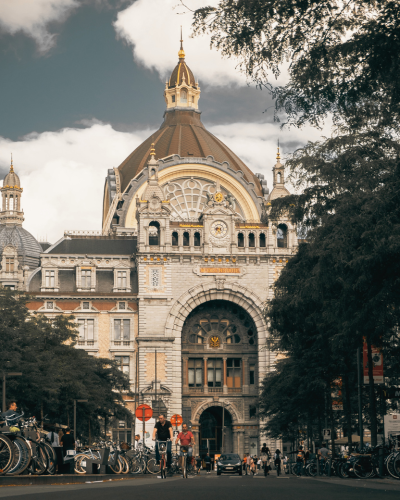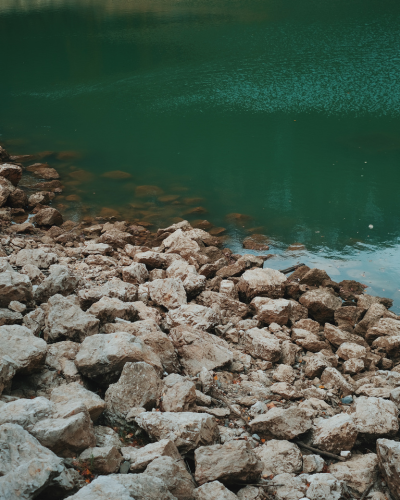Article: The science behind waterproof jewellery: How it's made and why it works

The science behind waterproof jewellery: How it's made and why it works
Waterproof jewellery is designed to withstand everyday elements while maintaining its beauty and functionality. But what exactly makes the jewellery waterproof?
Understanding the science behind its creation reveals the innovation and craftsmanship involved in producing these resilient pieces.
1. Advanced Materials
The foundation of waterproof jewellery lies in the use of advanced materials that resist water and corrosion.
Common materials include:
2. Protective Coatings
To enhance water resistance, many pieces of waterproof jewellery are treated with protective coatings. These coatings create a barrier that prevents water and other elements from penetrating the surface.
- Stainless Steel: Known for its durability and resistance to rust and corrosion, stainless steel is a popular choice for waterproof jewellery.
- Titanium: Lightweight yet incredibly strong, titanium is resistant to seawater and chlorine, making it ideal for active wear.
- Silicone: Used in many waterproof bracelets and rings, silicone is flexible, comfortable, and impervious to water.
- Ceramics: High-tech ceramics are scratch-resistant, hypoallergenic, and waterproof, often used in watches and high-end pieces.
2. Protective Coatings
To enhance water resistance, many pieces of waterproof jewellery are treated with protective coatings. These coatings create a barrier that prevents water and other elements from penetrating the surface.
Common types of coatings include:
3. Seamless Construction
The construction of waterproof jewellery often involves techniques that eliminate or minimise seams and joints where water could penetrate.
- PVD Coating (Physical Vapor Deposition): This process involves vaporizing a solid material and depositing it onto the jewelry's surface in a thin, protective layer. PVD coatings are highly durable and resistant to wear.
- Electroplating: A process that uses an electric current to apply a thin layer of metal, such as gold or rhodium, to the surface of the jewelry, enhancing its resistance to tarnishing and corrosion.
- Nanotechnology Coatings: Advanced coatings developed through nanotechnology can provide superior water resistance and durability while maintaining the jewelry's appearance.
3. Seamless Construction
The construction of waterproof jewellery often involves techniques that eliminate or minimise seams and joints where water could penetrate.
Seamless construction methods include:
4. Quality Control and Testing
Before reaching consumers, waterproof jewellery undergoes rigorous testing to ensure it meets high standards of water resistance.
- Molding and Casting: Jewelry pieces are often molded or cast in a single piece, reducing the number of joints and potential entry points for water.
- Laser Welding: This precise technique joins metals with minimal gaps, creating strong, water-resistant bonds.
4. Quality Control and Testing
Before reaching consumers, waterproof jewellery undergoes rigorous testing to ensure it meets high standards of water resistance.
Testing methods include:
The science behind waterproof jewellery is a blend of advanced materials, innovative construction techniques, and meticulous design. By understanding these principles, it's clear why waterproof jewellery is not just a trend but a practical essential.
- Immersion Tests: jewellery is submerged in water for extended periods to check for leaks and corrosion.
- Pressure Tests: Simulating conditions at various depths to ensure pieces can withstand increased water pressure.
- Thermal Cycling: Exposing jewellery to extreme temperature changes to test its durability and resistance to thermal expansion and contraction.
The science behind waterproof jewellery is a blend of advanced materials, innovative construction techniques, and meticulous design. By understanding these principles, it's clear why waterproof jewellery is not just a trend but a practical essential.
About Splash Antwerp
Splash is a waterproof jewellery brand that prides itself for its quality and price point. We aim to make long-lasting jewellery accessible by combining practical elegance, materials designed to withstand daily wear and water exposure without compromising on style and cost.
We want to empower our customers in all kinds of settings.
From Antwerp, Belgium.



